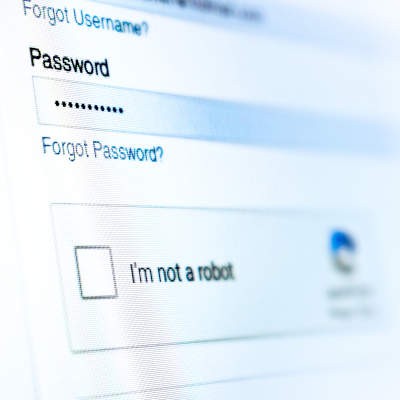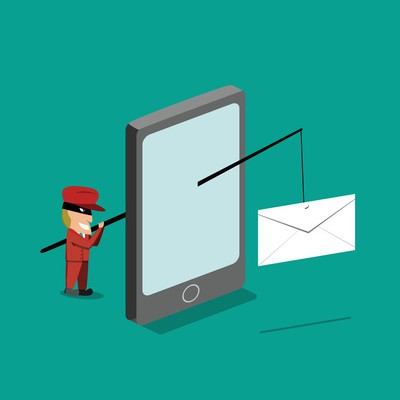Graemouse Technologies Blog
Every organization needs to have a certain level of cybersecurity protection in place. That includes firewalls, antivirus, VPNs, encryption, and centrally managed security policies. Even so, many modern cybercriminals know that businesses have these protections in place, and they are working out ways around them.
Phishing attacks are the most common attack vector used by hackers, and while it helps to know what a phishing attack looks like, it’s also good to know what they don’t look like. The latest example of a phishing attack takes this to an extreme, utilizing blank messages to confuse recipients in a creative take on phishing attacks.
We’re all familiar to some degree with the security measure known as CAPTCHA. You know the one—you usually see it when filling out forms or logging into sites online, where you have to prove that you’re a human being by identifying which of a variety of images fit a certain description. You may have noticed that these tests have gotten far more difficult over time. This is because, predictably, computers are getting better at beating them.
We’ve all caught the obvious spam email, like the message that is clearly bogus, or the offer that is definitely too good to be true.
We’re going to confidently assume none of our readers are getting tricked by Nigerian Princes or getting roped into order virility drugs from an unsolicited email. The real threat comes from the more clever phishing attacks. Let’s take a look.
As nice as it would be to always please everybody with your business services, it just isn’t going to happen. Sooner or later, you’re going to encounter someone who isn’t pleased, and they’re going to have the capability to do some damage to your reputation. Fortunately, there is a way you can mitigate this damage.
While many of us rely on phones to remain productive during the day, too often are we now picking up the phone to a spammer’s snake-oil sale: “Hello, we are reaching out to inform you that there has been an issue with your account” or similar nonsense. While this is enough of an irritant in our daily lives, it isn’t as though a business can wait for a call to go to voicemail to find out if it was legitimate or not.
Phishing scams have been popping up for years--their most infamous attack vector has even become a punchline: some long-lost relative stuck in a far-off country suddenly reaches out, offering riches, but only if so-much money is provided first. People from all walks of life have been duped by these scams, and while not all of them are this transparent, most are pretty easy to spot.
Spam. It’s detrimental and all businesses have to deal with it. But many don’t know the first thing about how to identify it, or how to work around it. The truth of the matter is that spam can be dangerous for your organization if it’s not dealt with properly, but dealing with it can also be a major waste of resources. We’ll walk you through what constitutes spam, and how you can identify it from legitimate messages in your inbox.











